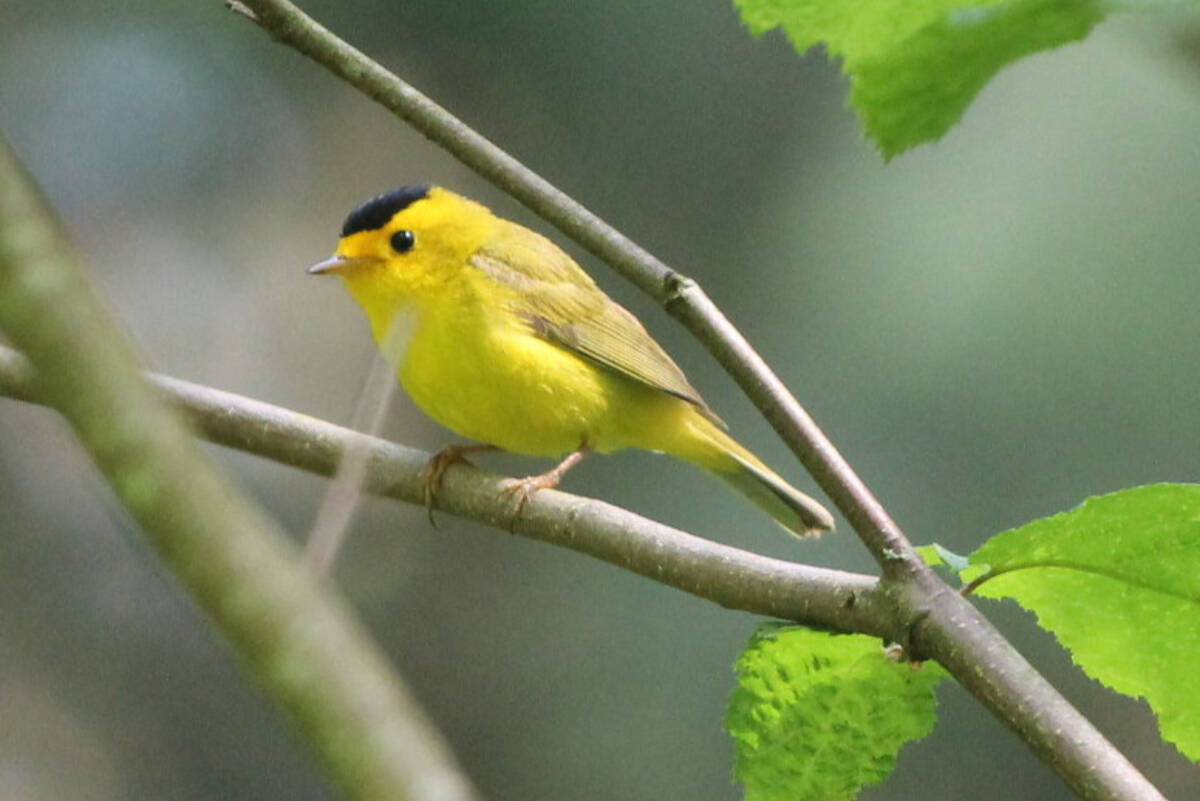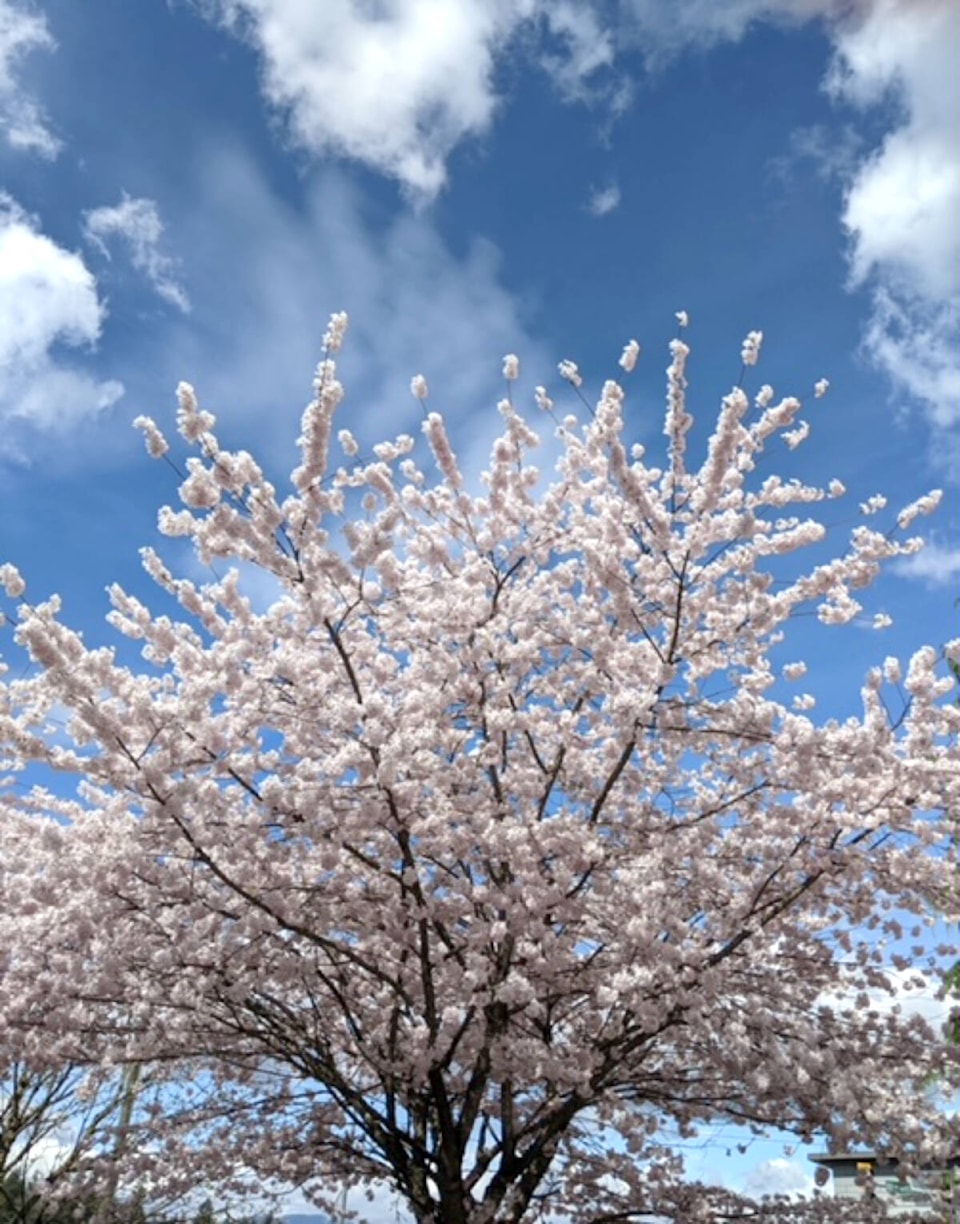By David Clements/Special to Langley Advance Times
“Do you have time to go somewhere on the way home?” my wife asked, as she picked me up from work.
Though I had a mountain of work waiting at home, I said “yes,” and I was not disappointed.
She took me to a place in Willoughby, where the cherry blossoms were in full bloom.
For a few moments, I was immersed in the revelry of spring, as I snapped numerous photos of cherry blossoms against an azure blue sky.
Much of what happens in spring is ephemeral – only here for a brief moment.
If you don’t take the chance to stop and partake in the sights, sounds, and smells, it is too soon over and you miss it.
RECENT GREEN BEAT: Some hope for plastics in our future
Those cherry blossoms are finished now, but there are many other spring moments still happening.
Other spring wildflowers are appearing in succession – the osoberry blossoms are also fading, but giving way to salmonberry blossoms, Western trilliums, and white fawn lilies – to name a few.
Then, there are their pollinators; our home has been the scene of buzzing hordes of mason bees, gathering pollen from our flourishing red flowering currant plants.
Soon these busy bees too will be gone, with the adult bees living for only a month or so before sealing off the larval chambers, so the larvae can quietly chew away on the pollen and dream of emerging into the sunshine the following spring.
Besides the buzzing of bees, many other sounds populate the spring soundscape.
Many birds, like song sparrows, chickadees, and juncos stay here all winter, but in spring their song repertoire changes.
The sparse, quiet notes of winter give way to full-throated warbling calls – indeed the song sparrow is a very appropriately named bird, with its spring songs trilling and thrilling, along with many other bird voices, including the songs of many recent migrants.
It is hard to comprehend that these tiny birds singing their hearts out having just made an epic journey from as far away as Central America.
The Wilson’s warbler, like many of our other spring warblers, overwinters in woodlands and other habitats – even coffee plantations - in Mexico and Central America, then migrates northward thousands of kilometres, mostly at night, between March and May.
How do they have energy left to sing when they get here?
RECENT GREEN BEAT: The power of water
Spring itself seems to bestow an extra burst of energy for life on earth.
Savouring these sweet spring moments certainly helps to resurrect my own tired bones this time of year.
.
– David Clements PhD, is a professor of biology and environmental studies at Trinity Western University
.
story tags

